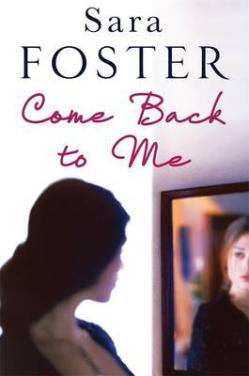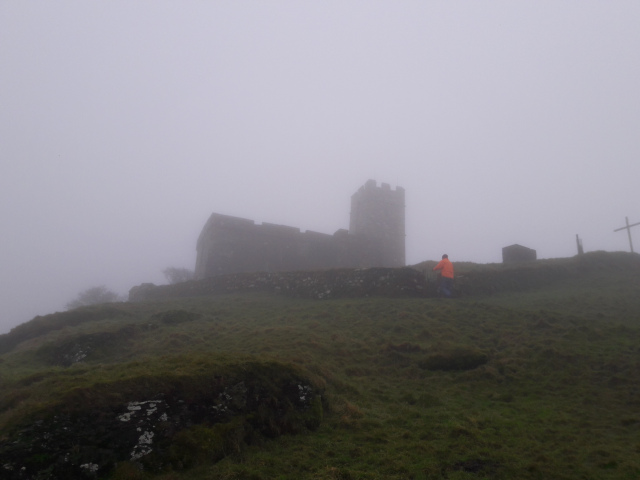
I said this blog would cover New England topics, so here’s the first…and it’s a biggie.
If you’ve never heard of King Philip’s War (1675-76), unfortunately, you’re not alone. Despite the fact that it was the bloodiest war in American history (by percentage of the population killed; more on that later), it’s not all that well known even in modern New England. Maybe because it doesn’t fit with the cutesy narrative of Pilgrim hats and Thanksgiving turkeys, or the laser focus on the Salem witch trials to the exclusion of almost everything else.
Instead of summarizing King Philip’s War here, which would take way too long, I’ll link to this helpful article from Britannica and move on to the meat of Schultz and Tougias’ book. King Philip’s War is not structured like a traditional history book. It does provide a short overview of the war, but quickly moves on to incredibly detailed histories of the various sites involved – not just history from the 17th century, but all the way up to their current condition (as of publication) complete with directions. In other words, I’m getting so many field trips out of this! It’s an invaluable resource for anyone wanting to experience New England history on the ground. The book also has an appendix that includes excerpts from three eyewitness accounts of the war, from Benjamin Church, Mary Rowlandson and Thomas Wheeler.
Some incidents were covered that I hadn’t heard about before. For example, the incredibly disappointing loss of Philip’s wampum belts and headdress:
What became of Philip’s intricately woven wampum belts, which told the history and traditions of the Pokanoket people? When Benjamin Church captured Anawan, the aged Pokanoket presented Church with “Philip’s belt, curiously wrought with wompom, being nine inches broad, wrought with black and white wompom, in various figures, and flowers and pictures of many birds and beasts. This, when hanged upon Captain Church’s shoulders reached his ankles; and another belt of wompom he presented him with, wrought after the former manner, which Philip was wont to put on his head. It had two flags on the back part, which hung down on his back, and another small belt with a star upon the end of it, which he used to hang on his breast, and they were all edged with red hair, which Annawon said they got in the Mohog’s [Mohawk] country.”
Massachusetts authorities sent the belts back to England to present to Charles II, but for reasons unknown, they were never delivered. Despite the occasional false lead, they remain lost to this day.
A personal fact I didn’t know related to Anawan’s capture: up until 1890, when it was sold to a local historical society, Anawan Rock (the site of the capture) was owned by members of the Bliss family of Rehoboth, MA. My great-great-great grandmother was a Bliss from the Rehoboth branch, which means the Blisses who owned the rock are almost certainly long-dead members of my extended family. For those interested, Anawan Rock is located just beside Rt. 44 in Rehoboth.
The book devotes a full 30 pages to the Great Swamp Fight (as well it should, because it was the single bloodiest day of the war). Included in this is some fascinating detail about the archaeology that’s been conducted in the area, due to doubt that the current monument in South Kingstown, RI is really in the right location (it probably isn’t). This especially interests me due to a more local (to me) archaeology project I’ve followed for several years. Check out Battlefields of the Pequot War for all sorts of cool stuff. The most infamous battle of this war took place in 1637, in my hometown, and has been extensively documented by these folks. I have to wonder if these same battlefield archaeology techniques were applied in RI, if the site of the Great Swamp Fight could be determined with more precision.
I also wanted to highlight some of my local sites that weren’t included because they are peripheral, but I think are of interest anyway. The Mohegan tribe, from the Norwich, CT area, fought in King Philip’s War on the English side. Their sachem at the time, Uncas, is buried in Norwich in what used to be a ~26-acre Mohegan burial ground near the Yantic River. Most of the area, however, has now been developed, and all that is left is the (approximate) site of Uncas’ grave on Sachem Street, as well as a memorial around the corner, collectively known as the Royal Mohegan Burial Ground. (The gravestones around the central monument belong to some of Uncas’ family members and descendants.)

Uncas is rather well known around here – or at least his name is. Uncasville is a neighborhood of Montville, the town southwest of Norwich, and there is a particular spot along the Yantic River known as Uncas Leap. The traditional story behind that name is told here. Some older articles about the Royal Mohegan Burial Ground can be found here and here.
Finally, as promised, a bit more on the numbers of dead from this war. It is obviously not possible to establish an exact number of fatalities, but the best estimates indicate King Philip’s War was far bloodier than more recent major wars. This isn’t immediately clear, however, if you only look at the raw numbers. The estimates quoted by Schultz and Tougias are 800 English and 15,000 Native American fatalities. Compared in raw numbers, this looks like nothing compared to, say, the Civil War or World War II. Raw numbers, however, while important, are just not the most complete way to measure the effect of a war. As it’s been put before, a single murder in a town of 100 has a much bigger impact than a single murder in a city of 100,000. The death rate is a much better indicator how far-reaching the effects would have been on the community.
So what do we find when we compare these wars on a percentage basis? The death rate for World War II (est. 291,557 American deaths in raw numbers) was 206 deaths per 100,000 people; for the Civil War (est. 305,235 deaths in raw numbers), 857 deaths per 100,000. King Philip’s War? 1538 English deaths per 100,000 (~800 deaths in raw numbers); and even more staggering, 15,000 Native American deaths per 100,000 (~3000 deaths in raw numbers). Given that the total Native American population at the time was only ~20,000, this represents a ~15% population decrease in only eighteen months to two years. A bit of perspective on the supposedly simpler and more peaceful “good old days,” to say the least.
Advertisements Share this:




